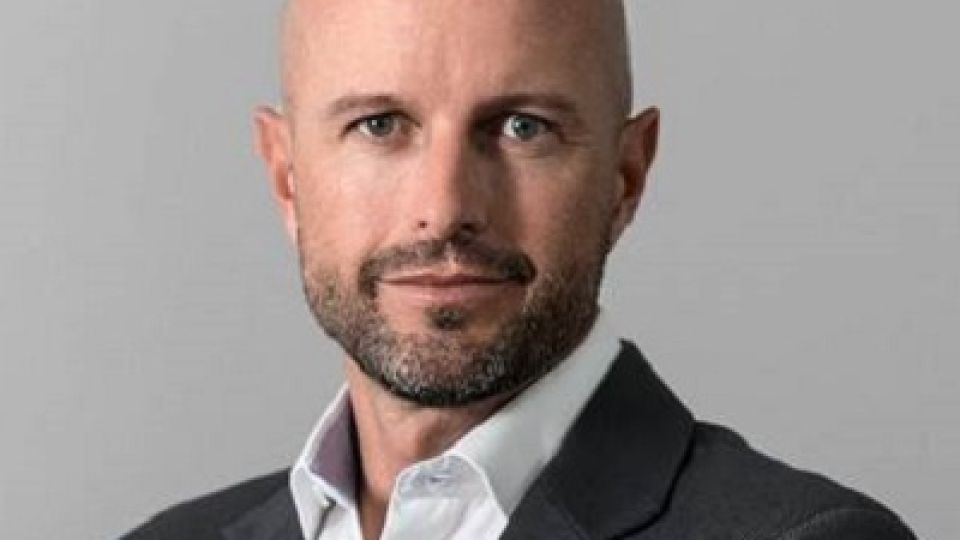by AKANI CHAUKE
JOHANNESBURG, (CAJ News) – THE number of fibre connections in South Africa has risen by 4 200 percent, according to data released by MJL Communications.
Experts believe this is clear evidence that fibre connectivity is a critical piece in solving some of the country’s most pressing challenges, from empowering communities to democratising economic participation.
However, deploying fibre has challenges.
Dewald Booysen, Chief Operations Officer at Maziv, said this involves substantial investment, from laying cables to installing distribution points.
“We must also consider the costs of maintaining and supporting new and existing infrastructure,” he said.
“So, despite the undeniable benefits, offsetting price affordability and profitability remains a delicate balance for all players in the market.”
An estimated R2,4 billion will be allocated to the rollout of phase two of South Africa Connect, the government’s ambitious broadband project to bring fibre to underserved communities.
The project is expected to connect more than 38 000 government facilities. The resultant infrastructure creates the potential to further connect at least 1,9 million households as well.
Over the next four years, it is anticipated that investments in data facilities will grow by at least 15 percent.
Currently, 80- 90 percent of the existing edge data centres in Africa are located in South Africa, with more set to come over the coming years.
Furthermore, South Africa is presently connected to global markets and services through international subsea cables.
However, access to capital expenditure is a significant barrier to growth and is forecast to slow the country’s pursuit of its goal of a gigabit society.
The Independent Communications Authority of South Africa reports that fibre-to-the-home and fibre-to-the-building subscriptions have grown 4 231 percent.
Addressing cost concerns and mitigating the damage to fibre infrastructure will be key components to building resilient and sustainable fibre networks.
“Amidst these challenges, we can’t understate the critical role of fibre,” said Booysen.
He said technology was advancing at a fast pace and fibre is the most sustainable and cost-effective way to keep up with those changes.
“Reliable network performance and stability make fibre the perfect tool for accelerating economic growth and inclusion,” Booysen concluded.
– CAJ News

